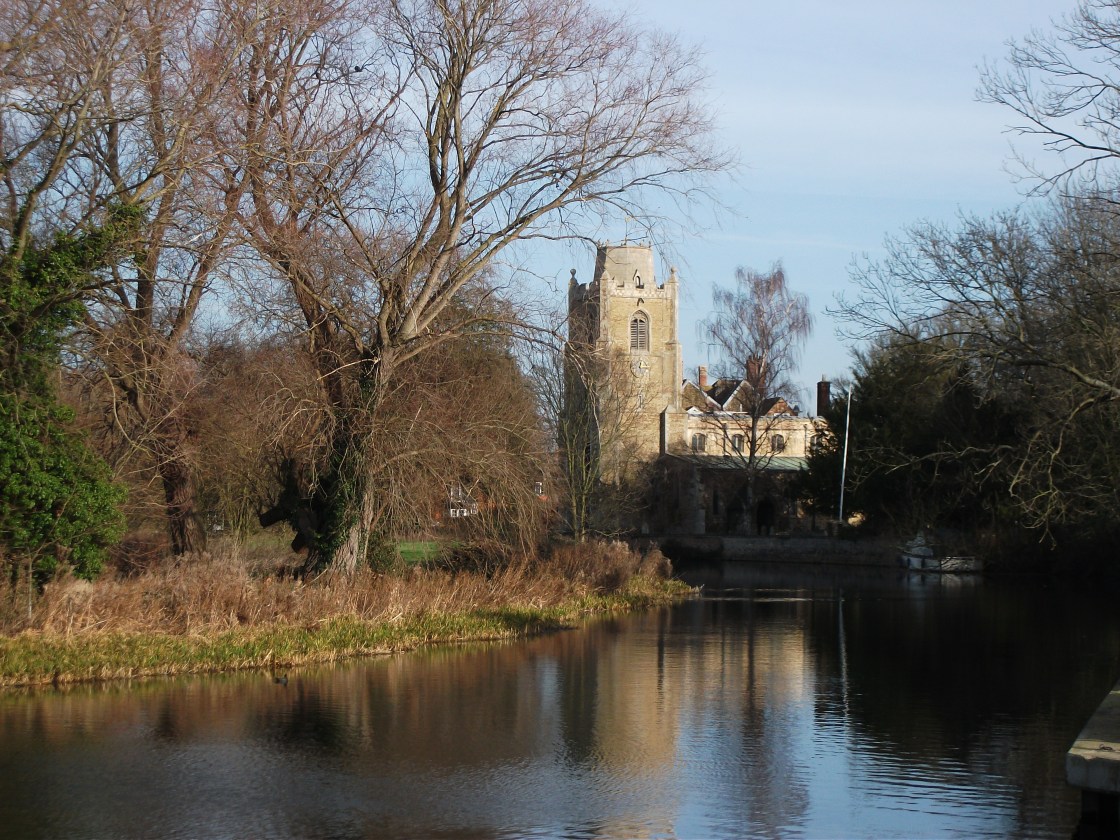I’ve known the little village of Hemingford Grey all my life because when I was young, my dear cousins David and Gillian lived their with their parents. John, their father was my dad, Donald’s favourite cousin and I remember going to stay with them when I was young. There used to be some sort of horse-racing held in the fields nearby and I remember a horse throwing its rider and breaking free and thundering past us. A man in a belted raincoat tried to catch the horse reins but it shook its head and galloped on. I was convinced (since I was secretly a cowboy, probably Rory Rogers) that I could halt the animal but I was dragged back by someone… just as well as I was only about five at the time. We also collected beer bottle tops because David wanted to use them to make a shoe scraper…
Hemingford Grey has a sister village called Hemingford Abbots; they are situated in Cambridgeshire on the River Great Ouse. They are very picturesque and Hemingford Grey has the oldest continually lived-in house in England, the Manor. The villages were originally just Hemingford, probably named after a Saxon leader, but when the de Grey family were given the estate it became Hemingford Grey.
Another reason I know the village is because the children’s writer Lucy M. Boston used to live in the Manor House; I loved her books, and read them many times,
- The Children of Green Knowe ,
- The Chimneys of Green Knowe,
- The River at Green Knowe,
- Stranger at Green Knowe,
- An Enemy at Green Knowe, and
- The Stones of Green Knowe . When I read them, I didn’t realise that the writer was probably sitting at home in the Manor as my cousins and I raced round the village where she lived. She wasn’t a published author until she was in her sixties, and lived a grand life dying in 1990, at the age of 97.


